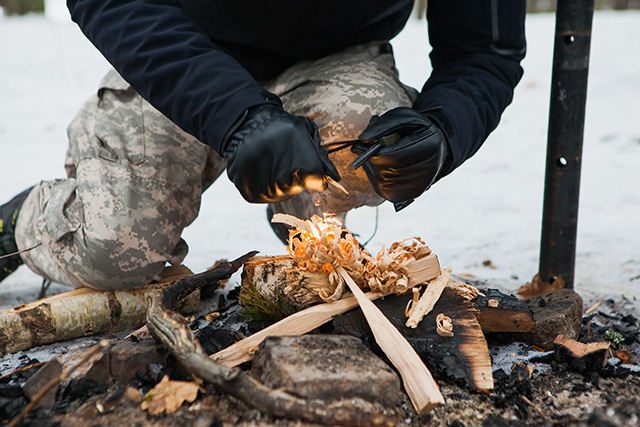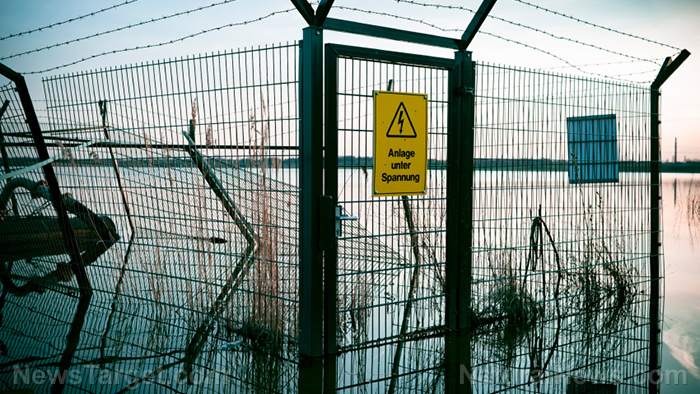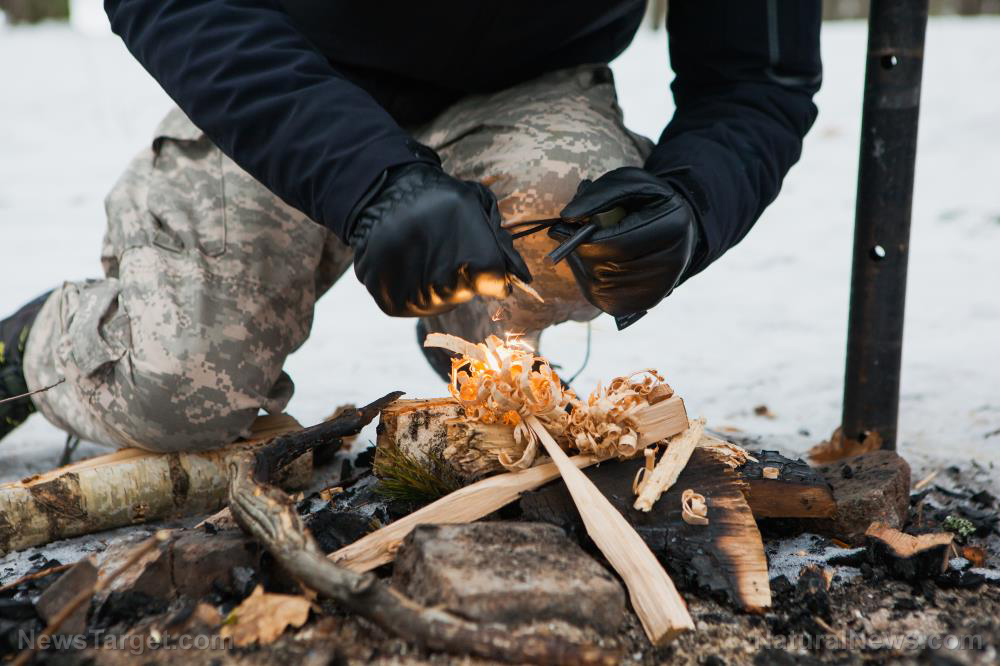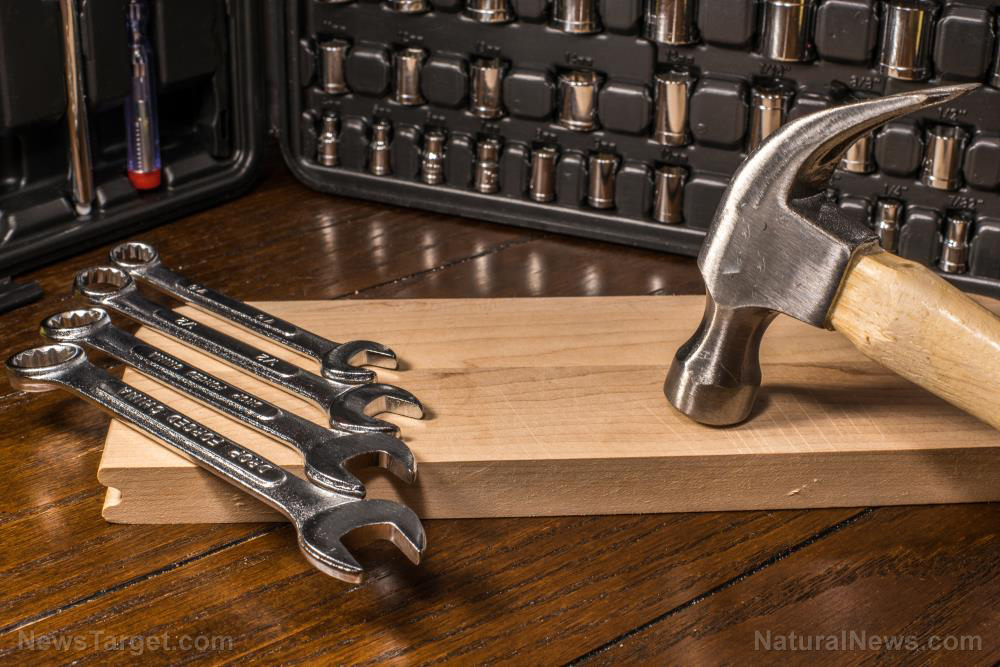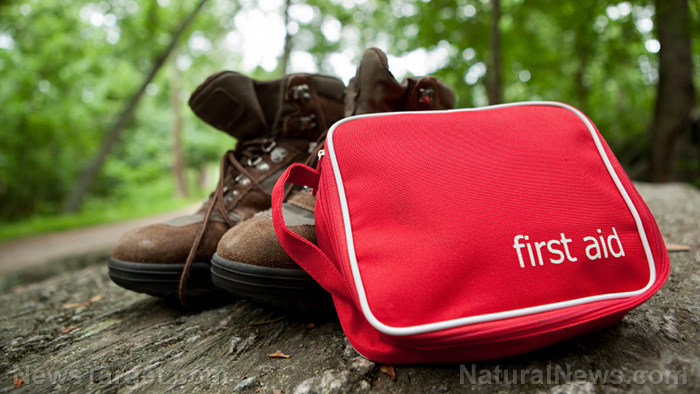Training your family to survive without power: Practice makes perfect
06/25/2018 / By Zoey Sky

Will your family know what to do if you suddenly lose power in the middle of the night? (h/t to DoomsdayMoose.com)
It’s possible that the electricity can go out for an indeterminate length of time, so it’s better if you teach your family the basics of prepping during a power outage. Keep these steps in mind when practicing for emergency situations:
- Before the lights go out – No one likes stumbling around in the dark, especially if it happens suddenly because of an electrical outage. Prepare for this by stocking up on some portable light sources such as batteries, flashlights, battery-operated lamps, candles, and matches. Don’t forget to show everyone where you’re keeping these items so they would know where to get them. Store them in various locations so you can access them no matter what room you are in.
- Food and water supplies – Maintaining access to clean water and easily prepared food is a must when there’s a lengthy power outage. Unless you have a solar stove or other non-electrical heat sources where you can cook on, stock up on some food that won’t require cooking. Store several weeks of bottled water so you have enough to stay hydrated. If there’s an incoming storm, fill the bathtub with water so you have enough to wash items with or to flush the toilet in case you lose power. (Related: Prepping your home with essential survival supplies.)
- Staying warm – There’s nothing worse than being cold when the lights go out. Since electrical outages often happen in the cold winter months, think about how you can keep the whole family warm. While you can use a regular wood burning stove for warmth, a better option is a rocket stove. These are designed to “burn hotter and cleaner than traditional wood-burning stoves.” Rocket stoves are also suitable for some of the coldest of winter situations. Keep enough clothes on hand, and make sure they’re easy to layer so you can all stay cozy. Buy or make some draft snakes to prevent cold air from entering your home and to stop heat from escaping.
- Get a portable generator – You’ll need electricity if the outage lasts longer than a couple of days, and a portable generator can be a big help. With a generator, you can keep several essential appliances running such as your freezer, fridge, and other devices. According to LowryServices.com (located in Philadelphia, Pennsylvania), you should consider getting a “rated at 6000 watts, 30 amps, 220 volts, 4 wire or larger portable generator.”
Extended power outages are troublesome, but if you’re prepared, you don’t have to suffer through them. Outages are unavoidable, so teach your family how to stay safe and warm in case of one. Don’t forget to prepare some entertainment so you don’t get bored while waiting for the power to come back on.
Other items you may need during an outage
Here are some other things that you may need to prepare so you’re ready if and when a power outage occurs:
- First aid kit – First aid kits are a must, and making your own is better than buying one. Make sure your kit contains “basic wound care items” such as bandages, antibiotic ointments, and sprays. Additionally, keep a supply of any over-the-counter medications, like pain relief capsules, cold medicine, cough syrup, anti-nausea pills, and allergy medication. Anti-diarrhea medicine can also help prevent any health issues, especially if sanitation is going to be a concern.
- Special needs – This may vary per household. Don’t forget things such as medications, diapers, or special foods for anyone with allergies. Your pets will need supplies too, so plan these accordingly.
- Tools and supplies – These basic items can make your life easier during an emergency: Manual can opener, basic tools (pliers, screwdriver, wrench, hammer, etc.), duct tape, super glue, sewing kit, and some bungee cords.
You can learn more about prepping for power outages at Bugout.news.
Sources include:
Tagged Under: Blackouts, bug out, disaster, food and water, generator, Homestead, homesteading, Power Outage, preparedness, prepper, prepping, SHTF, supplies, survival, survival skills

